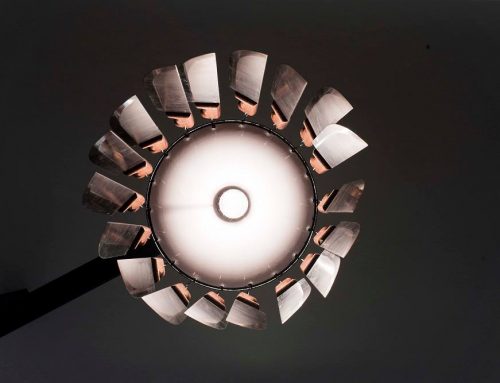Text written for the online magazine art a part of cult(ure), remove background noise
Mirror of the World?
The exhibition I didn’t see isn’t exactly an exhibition: it’s the funeral of Russian artist Kazimir Severinovič Malevič, which took place in Moscow in the May of 1935.
[nggallery id=97]
History has handed it down to us as event, which today we would call performative, divided into two parts: (i) a car, acting as cart, carried the suprematist coffin (designed by…?) in the shape of a tridimensional cross, followed by a funeral procession of artists and people; (ii) The wake, after the public procession, in a simple room, like a classroom. The coffin is on a slight angle and all around, hanging on the walls, black squares painted on canvases of various dimensions, the smallest being in the corner. The funeral was allegedly organised by Malevič’s followers… who were they? More than the funeral of the painter, the event looks like the funeral of his painting, rather of that particular movement Malevič contributed so vastly to, Suprematism.
The position of the smallest black square, in the corner of the room, seems to adhere to the thesis that Suprematist painting (and in particular Malevič’s black and white squares) derives from the ascetic painting of icons: many elements confirm this, for example the absence of perspective, and the flatness obtained by the layering of numerous coats of paint. But in seeing a Malevič of this type in the flesh, you can’t help but notice that unlike Russian icons, his painting is extremely elementary, and that it is realised on an extremely poor support (canvas and frame), unlike Russian icons, in which the support itself displays a technicality and richness of material which set it up a priori to last in time. This is not the case Malevič’s paintings: they’re like white or black breaths which will be difficult to conserve the way the are. They are contemporary icons destined to generate other icons, as is given in the very tradition of iconography: they are to generate, be it by scholastic filiation, by stylistic influence, by orthodoxy… Piero Manzoni’s breaths, the smoky blacknesses of arte povera, the oxidised white in American and European painting… this is what links his works to the icon, the fact that Malevič started a school, an academy which is still thriving, whose rules are still respected and repeated, as is the case with any ritual.
So that perhaps that exhibition-happening-funeral didn’t decree the end of a kind of painting, but on the contrary it decreed its diffusion in the world outside Stalinist Russia, which had already, in 1933, imprisoned Pavel Aleksandrovič Florenskij, the most notable theorist of the Russian icon, as well as philosopher, theologian, naturalist, musicologist and art historian, and which would have shot him after Malevič’s funeral, in 1937.
Their disappearance – that of Malevič and that of Florenskij – puts a definitive end to the definition of a relation between art and people as a relation capable of creating an osmotic system between the two: a specific kind of art for a clearly defined people. If, indeed, it is true that Malevič’s Suprematism begins with a reflection on the idea of icon, then this reflection needs to be extended to a background which encompasses more than just painting: a larger relationship in which art doesn’t undo itself from its popular roots and from their energy, in which art absorbs the vitality of the popular and sends it back to the people in a votive form, art to hang on the walls like a private saint, an opportunity to pray, a source of solace; a language at the same time familiar and mysterious, abstract in its form and in its signature.
Another factor which pushes me to consider what I see, in that “classroom”, along the lines of popular culture, this time with Mediterranean culture, is the similarity between the black squares hung on the walls and the white cloths covering the belongings of the deceased in the Italian funerary rites of times gone by. In particular, the fact that the mirrors also were covered…
Art as mirror of the world? Not after death (death of a person or death of an era), but rather art which is certain that it cannot reflect any images, for it no longer knows what the original looks like, and also no longer sees what sort of mystical source it is supposed to be transported by.
The arrangement of the black squares in the room bring to mind a certain 19th Century dissemination of objects in houses, when there wasn’t yet a Modernist order based on central vanishing points or on authoritative perspectives.
This is where the currency of that funeral and of that wake can be intercepted: art no longer (or not yet, or endlessly waiting to become) the mirror of the world, popular dimension and anti-hierarchic spatialisation of objects in space. A kind of currency which isn’t only cultural or artistic but anthropological, with which we share a dimension, a measure; with which we share a human condition which is alive since then and forever within us, even now.
Alfredo Pirri,
15th November 2012





